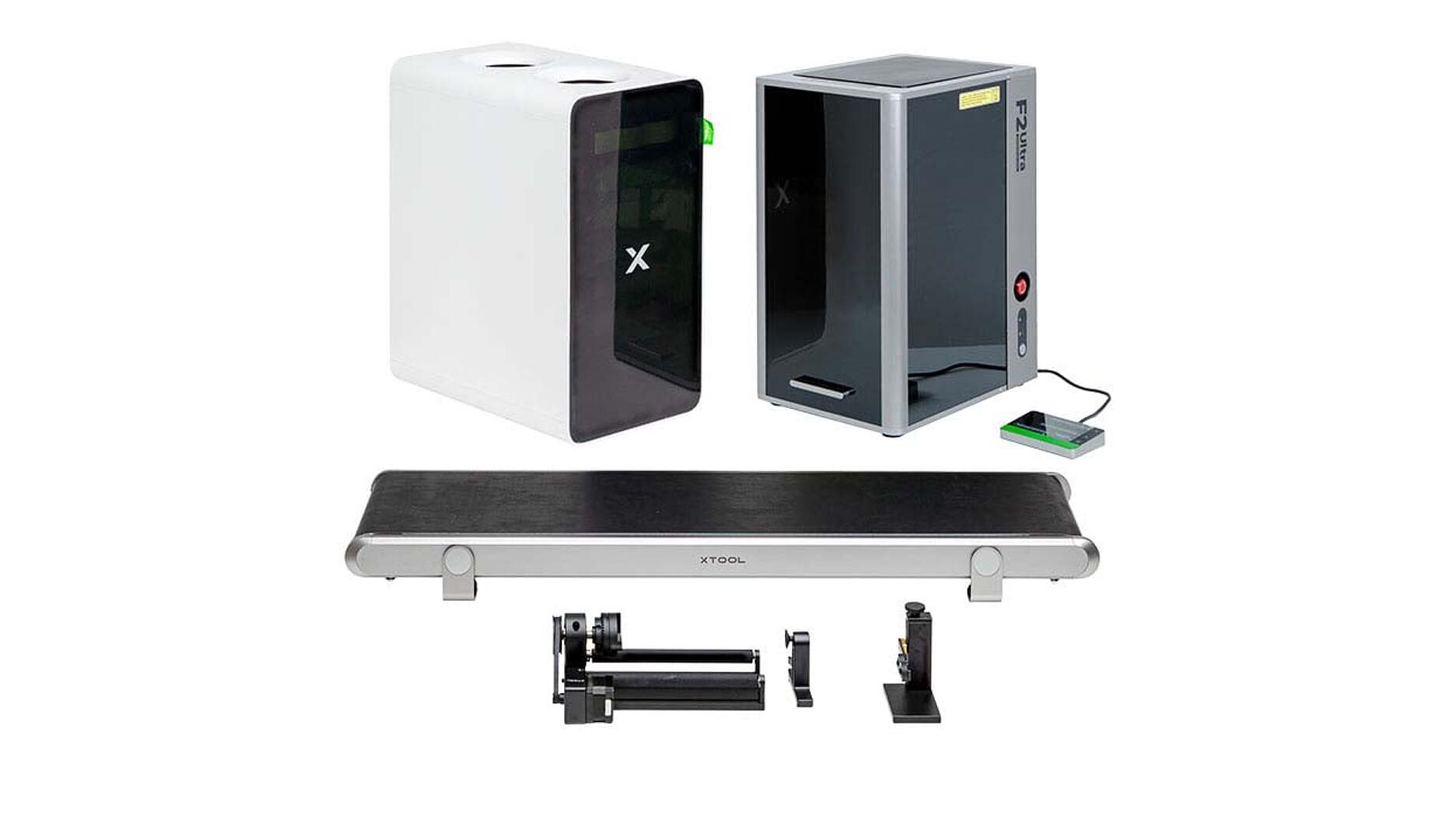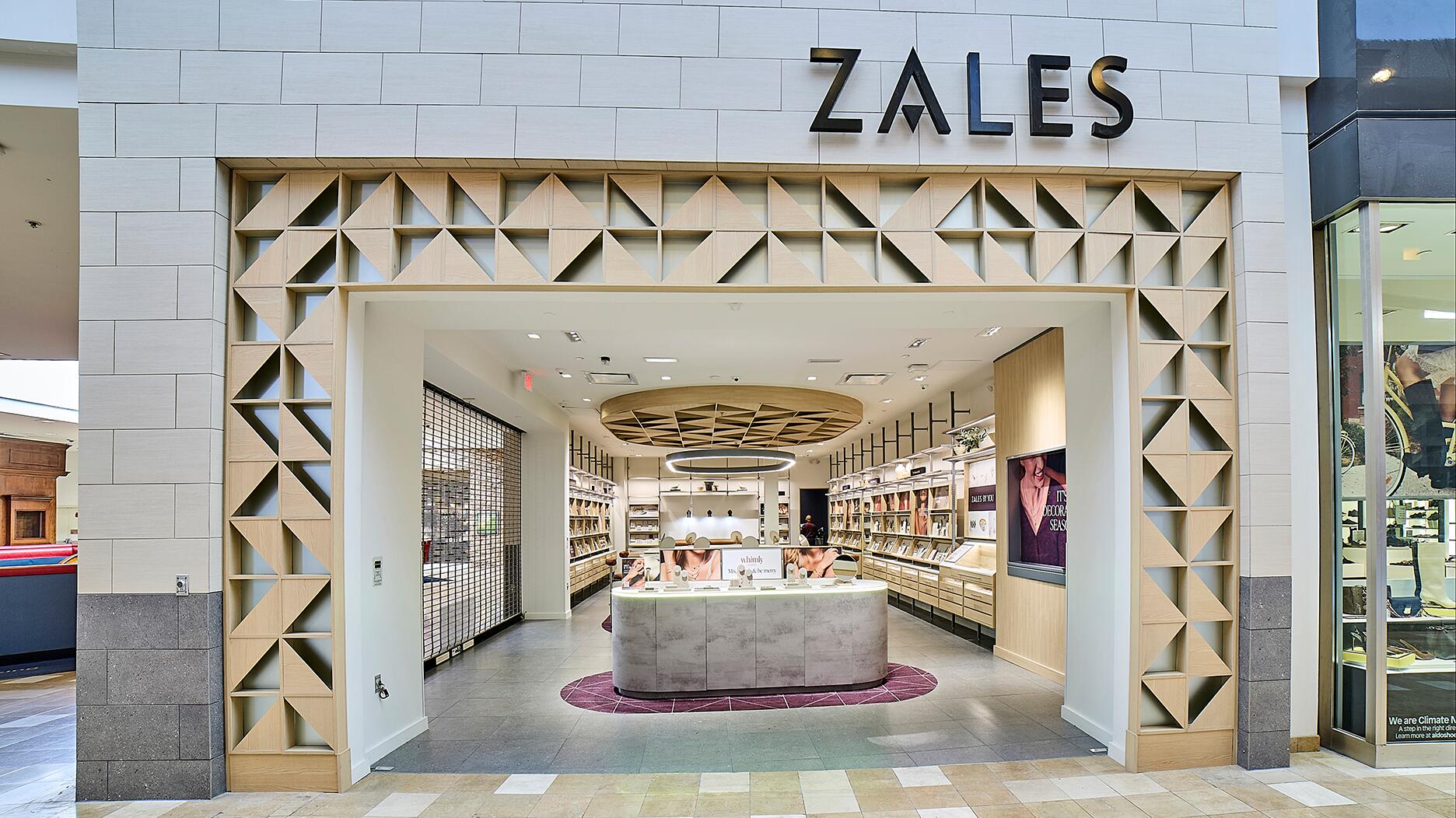As the shopping mall model evolves and online retail grows, Smith shares his predictions for the future of physical stores.
Amid Market Changes, Leo Ingwer Is Going Branded
The jewelry manufacturer has made a slow transition toward a higher end, finished product as it also aims to get its messaging in front of consumers.

New York--It’s not news to anyone in the industry that today’s consumer environment has brought a lot of change to the jewelry market.
For many companies, the challenges have required them to adapt and innovate if they’re to grow and flourish.
For jewelry manufacturer Leo Ingwer, that has meant a change in their product line and messaging over the past couple of years to offer a better service for jewelers and target today’s consumer.
For decades after the company started in 1939, it served as a casting house, then slowly added things like semi-mounts and, in more recent years, full products to its offerings so that it can be a one-stop-shop business for its jewelers.
National Jeweler talked with Todd Ingwer, the company’s lead designer and a third-generation member of the family, about the direction the company is headed and what challenges lay ahead.
National Jeweler: What are the changes Leo Ingwer has been making to its business lately?
Todd Ingwer: My grandfather Leo started in 1939 with a large focus on mountings and engagement rings and wedding bands, essentially. Basically we were a casting house for, I’d say, a good 30 to 40 years. Sometime in the late ‘80s, early ‘90s, we started doing the semi-mounts and that was successful. Then as we entered into the new century, we’ve really been a little bit more design-focused and developing a little bit of a higher-end product than before. We’re now doing more of a finished product, even including a center stone if possible when necessary. That was something we started about five years ago, carrying GIA only and some non-certified stones but having a full inventory.
We now have our feet in both pools, to some extent--with a lot of people still thinking of us as that casting house and that certain type of product--and slowly turning the ship into a different direction.
NJ: When did Leo Ingwer start making this shift?
TI: I would say, the full commitment, about a year ago? I think it’s a slow shift. We’re a third-generation family business, so anything like this has to be handled with a bit of respect and finesse and understanding that change can be hard for certain people, but that you have to keep tweaking slowly but surely. The one thing that does bring quick change is hard times. When the economy crashed back in 2007, 2008, we quite honestly
What that can do sometimes is create a little bit of complacency and make it a little bit harder to make that adjustment, so you slowly start putting in ideas and changing little things because you don’t want to throw out the baby with the bath water, as they say. But all of a sudden, when you see that retail stores are going out of business at a record pace, you see that certain designers are struggling … all of a sudden it becomes very easy to try those other ideas and to look for that change because, you know what, what choice do we have?
“Now we’re definitely looking to get our name out there a little bit more and push our story, because I think that’s very important to today’s generation of buyers. They want to know the source. They want to know the story behind the source.”NJ: Why did you feel like it was the time to start making these changes?
TI: What prompted that was the market. In the past, they (jewelers) would have their diamond guy for the melee, they would buy the casting and semi-mount, they would have their own setter, they would have their own polisher, and they would run around putting everything together.
I think as the industry has evolved, people are looking for more of a one-stop shop kind of experience, which is something we’ve tried to provide. I’d say for the last 25 years, but then even more so over the last five years or even seven years, what we’ve recognized--and I think what everyone in the industry is talking about--is the tremendous amount of change that’s coming very quickly. Any time there’s this kind of change, it’s going to affect some people negatively and some of us are going to adjust and change our models a little bit to better represent the industry as it is today.
NJ: Is Leo Ingwer aiming to be a branded line in a jewelry store or to be a private label for jewelers?
TI: It’s a little bit of both, but obviously we’re looking more to brand our name. I think in the past, we were always sort of known as the “jeweler’s jeweler”… but the name Ingwer never really entered the retail customer’s mind. It wasn’t something that they knew about, other than being handed a catalogue to pick from the pictures. Now we’re definitely looking to get our name out there a little bit more and push our story, because I think that’s very important to today’s generation of buyers. They want to know the source. They want to know the story behind the source. They want to know what makes this special, what makes this company special, and why they should buy a ring made by us versus all the other competitors that are out there.
NJ: How are you getting the message out there that the company is changing direction, other than telling retail clients? Are you doing anything consumer-facing?
TI: Yes, this is what we’re building now, and I think that’s the biggest change. We’re now planning on doing a lot more outreach to that retail end-user to make sure that we have a little bit more of control over our story and brand and how it’s represented, and hopefully it’ll lead to people walking into stores and saying they want this ring from Leo Ingwer.
“I hear a lot of, I want to say complaining, about this current generation, this millennial generation, and after a while, it becomes enough. We can’t blame the customer, right?”NJ: You mentioned that you were going higher end. How is the product changing and how is the pricing changing?
TI: We have different levels now. My signature collection, which is sort of our super high end, hand-made is definitely at a higher price point than the normal Leo Ingwer. What we’re actually doing now is reconfiguring the classic Leo Ingwer product in a way that allows us to increase the quality and yet keep the pricing very similar to where it was. It has more simply to do with the way we manufacture things. I think back in the ‘70s, ‘80s, ‘90s, people wanted bulkier mountings, heavier mountings, whereas now, everything’s more delicate, and it’s about the quality of the work, the craftsmanship, the pave setting and the ability to really make these nice, delicate, intricate settings. The amount of gold being used or metal being used has maybe gone down, but the labor has increased. What we’re finding is that the pricing is very similar. That’s really the goal.
But I think one of the major changes is the story that we’re telling and who we’re talking to, and I think that’s really the key. I hear a lot of, I want to say complaining, about this current generation, this millennial generation, and after a while, it becomes enough. We can’t blame the customer, right? It’s about an experience … there’s so much information, there are so many options, there are so many different ways to go about accomplishing the same end goal of getting an engagement ring that you have to truly make yourself remarkable in some way, shape or form, and you have to figure out what that is. But to sit around and say that they don’t get it or they don’t understand or they don’t know loyalty, I reject that notion because I feel they do.
There’s always a shift in generational values to some extent, but I think that the core of it always stays the same. We have our core values that we’re staying true to, no matter what. Now the idea is how to make these core values fit in today’s business environment.
NJ: Since you’ve started making this change, what are your thoughts about what’s been working and what other challenges there are or retail response?
TI: That’s the hardest part, is the communication with retailers. I think we all know that there are some great retailers out there who, unfortunately, may not make it past these trying times. And there are others that will. I think it’s sort of that attachment to the old brick-and-mortar (mentality of), let’s get in a bunch of brands, let’s fill in the showcases, let’s do a radio commercial and let’s wait for people to come in the door. Those who are slow to adjust won’t make it. We find it very hard to communicate our changes with them. I think that’s our biggest challenge right now, and that’s what we’re working on. Hopefully we can do that successfully.
The Latest
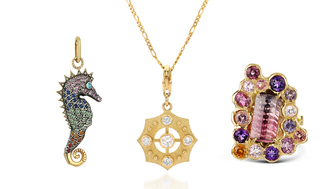
The trade show is slated for Jan. 31-Feb. 2 at The Lighthouse in New York City's Chelsea neighborhood.
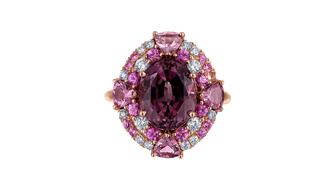
January’s birthstone comes in a rainbow of colors, from the traditional red to orange, purple, and green.

How Jewelers of America’s 20 Under 40 are leading to ensure a brighter future for the jewelry industry.
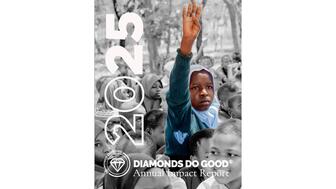
The annual report highlights how it supported communities in areas where natural diamonds are mined, crafted, and sold.


Footage of a fight breaking out in the NYC Diamond District was viewed millions of times on Instagram and Facebook.

Linda Coutu is rejoining the precious metals provider as its director of sales.

Roseco’s 704-page catalog showcases new lab-grown diamonds, findings, tools & more—available in print or interactive digital editions.

The governing board welcomed two new members, Claire Scragg and Susan Eisen.

Sparkle with festive diamond jewelry as we celebrate the beginning of 2026.

The master jeweler, Olympian, former senator, and Korean War veteran founded the brand Nighthorse Jewelry.

In its annual report, Pinterest noted an increase in searches for brooches, heirloom jewelry, and ‘80s luxury.

Executive Chairman Richard Baker will take over the role as rumors swirl that a bankruptcy filing is imminent for the troubled retailer.

Mohr had just retired in June after more than two decades as Couture’s retailer liaison.

Shekhar Shah of Real Gems Inc. will serve as president of the Indian Diamond & Colorstone Association in 2026.

This year’s good luck charm features the mythical horse Pegasus, and is our first Piece of the Week of the new year.

Articles about crime, engagement rings, and a necklace worn in the World Series generated the most interest among readers.

As part of the leadership transition, Sherry Smith will take on the role of vice president of coaching strategy and development.

It marks the third time the country has headed the Kimberley Process. Ghana will serve as vice chair.

The new Bulova x Stetson designs highlight two animals often associated with the American West—the bison and the Texas Longhorn.

Its residency at Yamron Jewelers will run through May 2026.

From influential executives to innovative designers, we pay tribute to the people we said goodbye to this year.

The retailer is expanding into areas with large Indian and South Asian populations.

The Italian brand has opened its first flagship amid the peaks of the Dolomites in Madonna di Campiglio, Italy.

The new curation at the Natural History Museum of Los Angeles County showcases rare gem and mineral specimens in their uncut, natural state.

The couple pleaded guilty to concealing at least $127 million in cash transactions at its precious metals businesses.

Consumers shared concerns about prices, inflation, tariffs, trade, and politics in the survey’s write-in response section.










